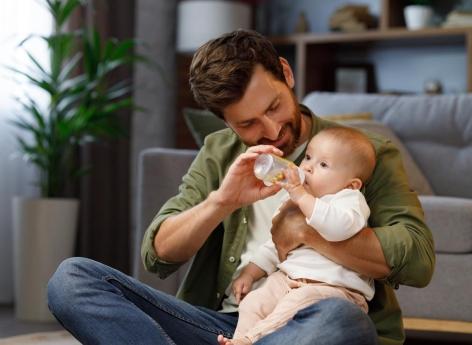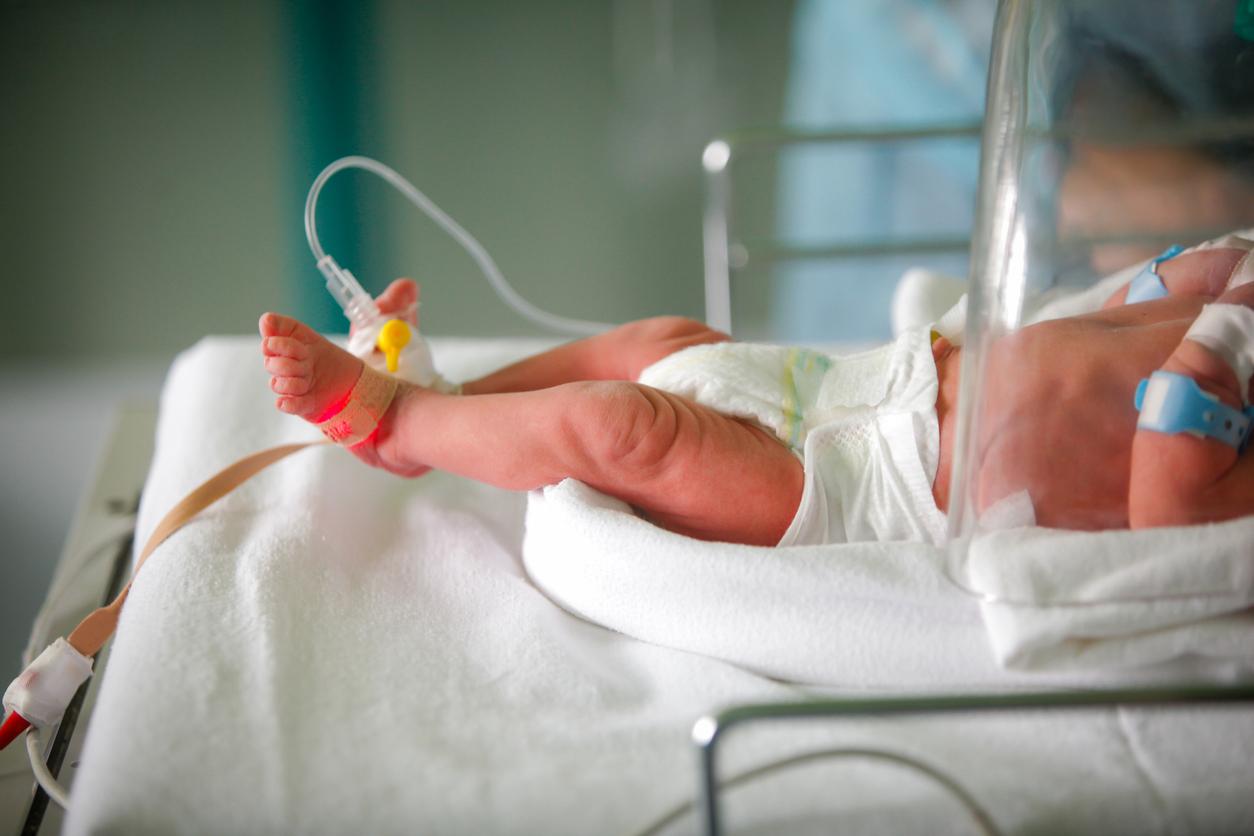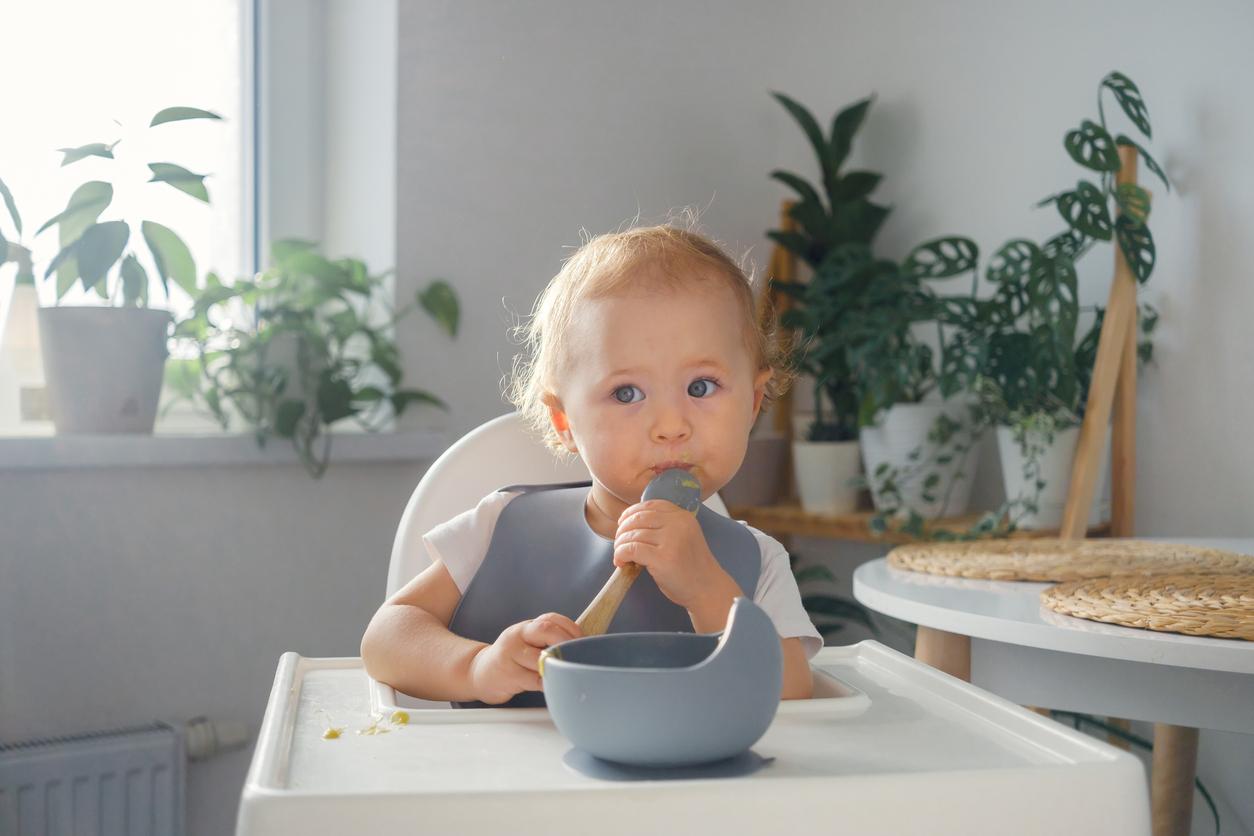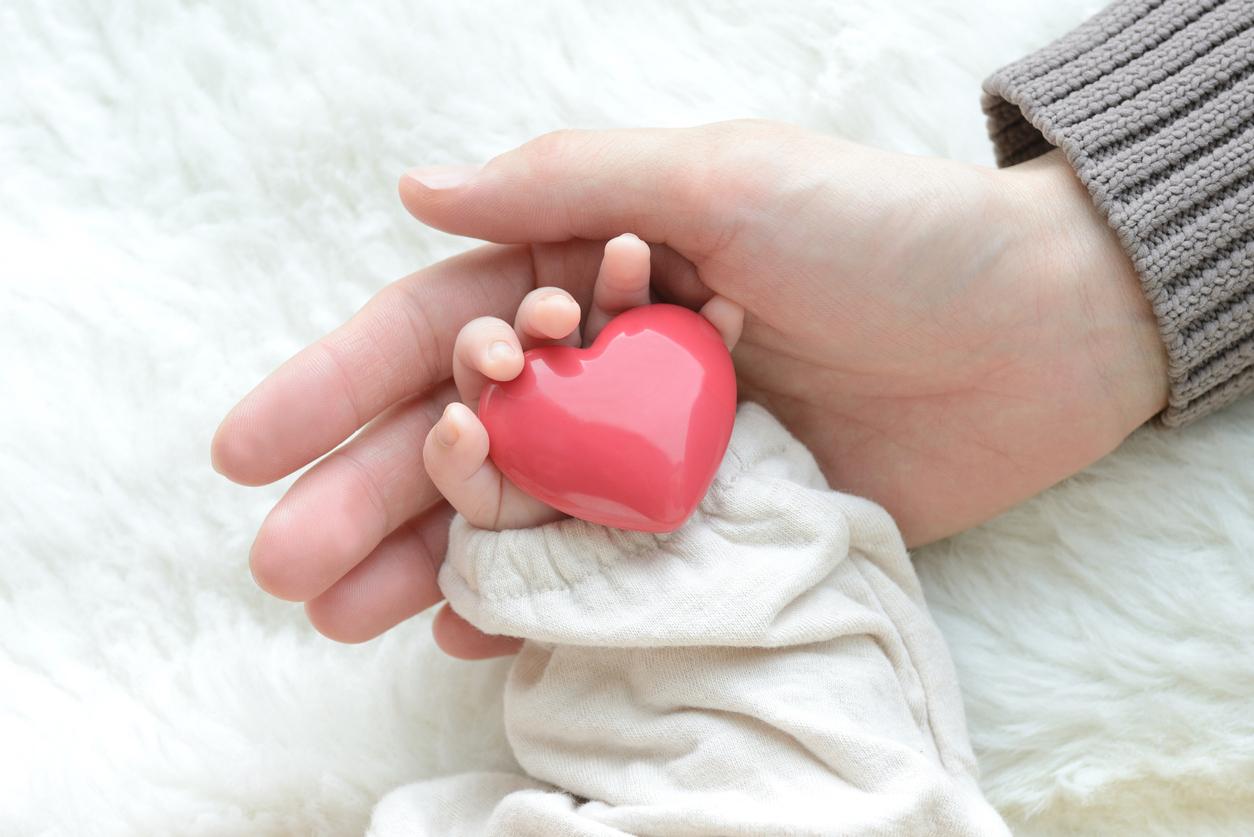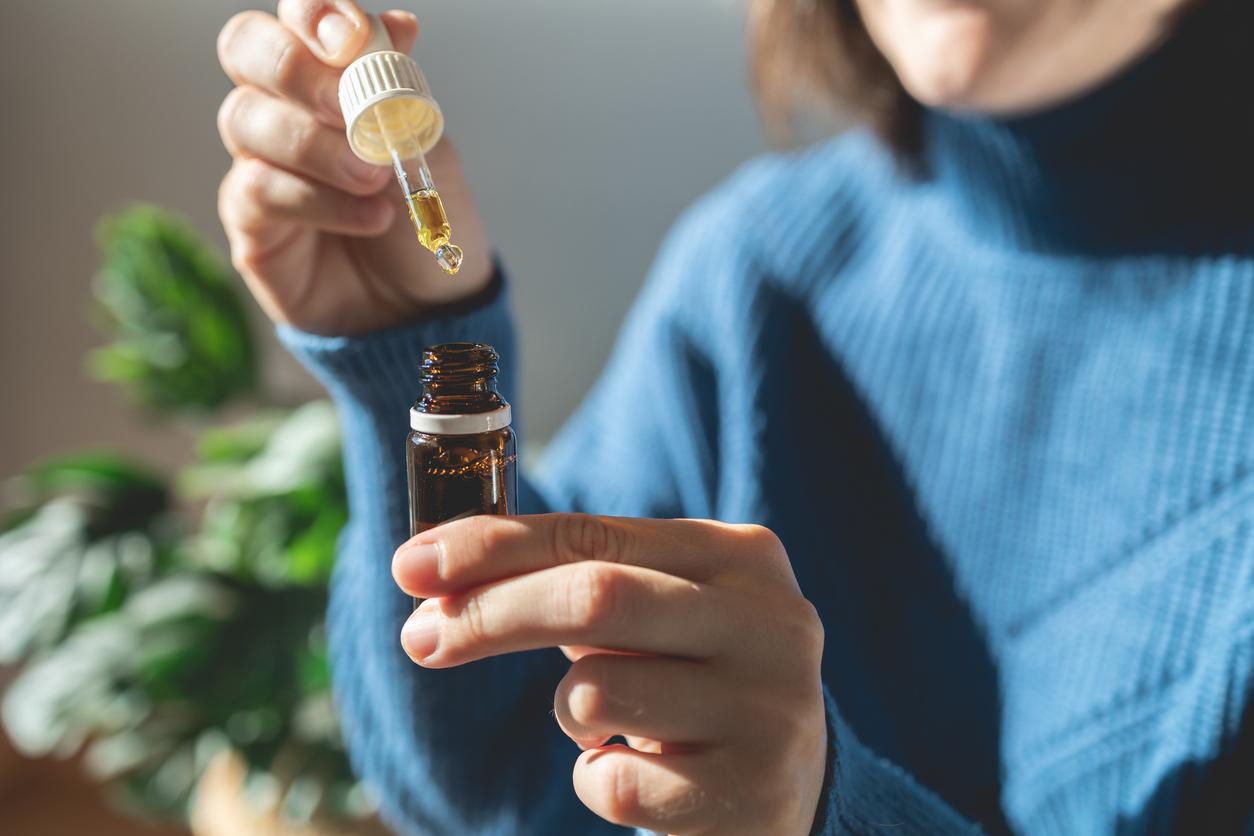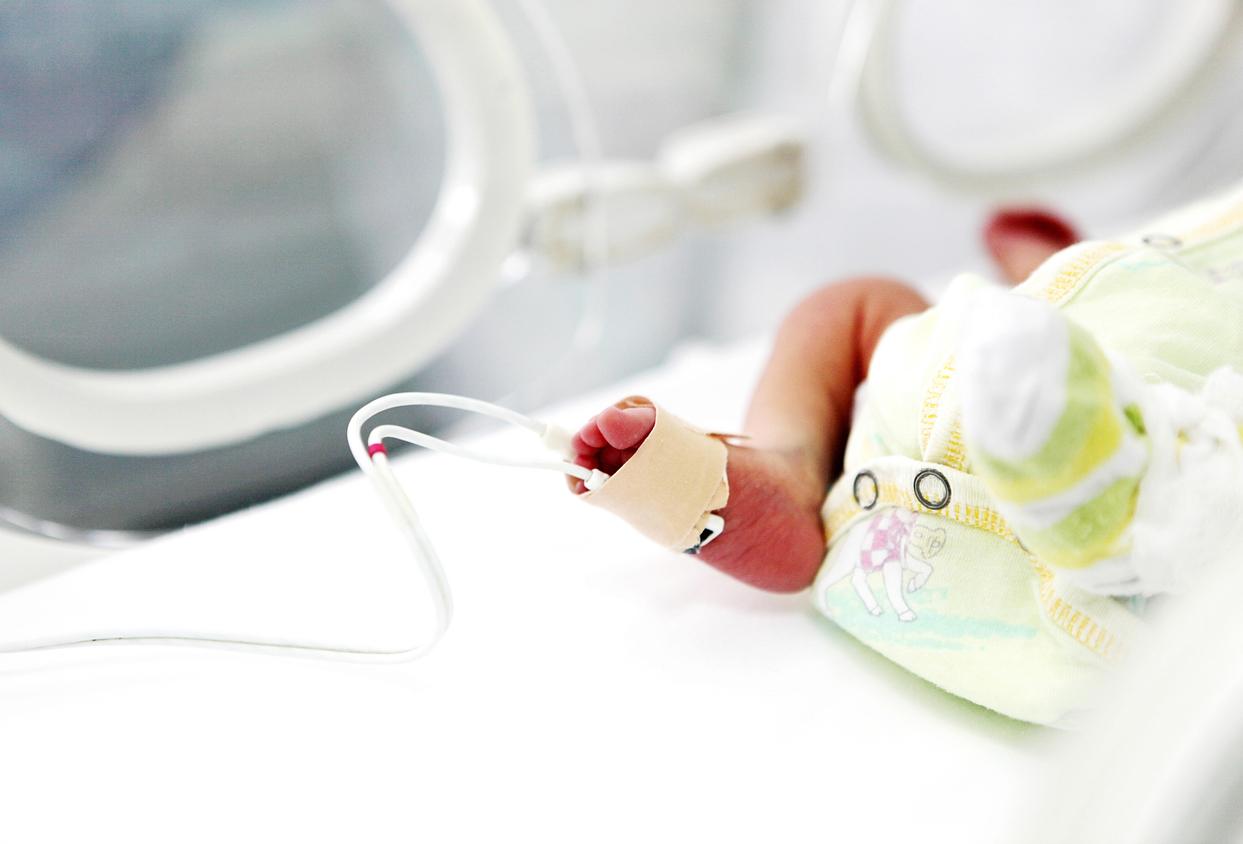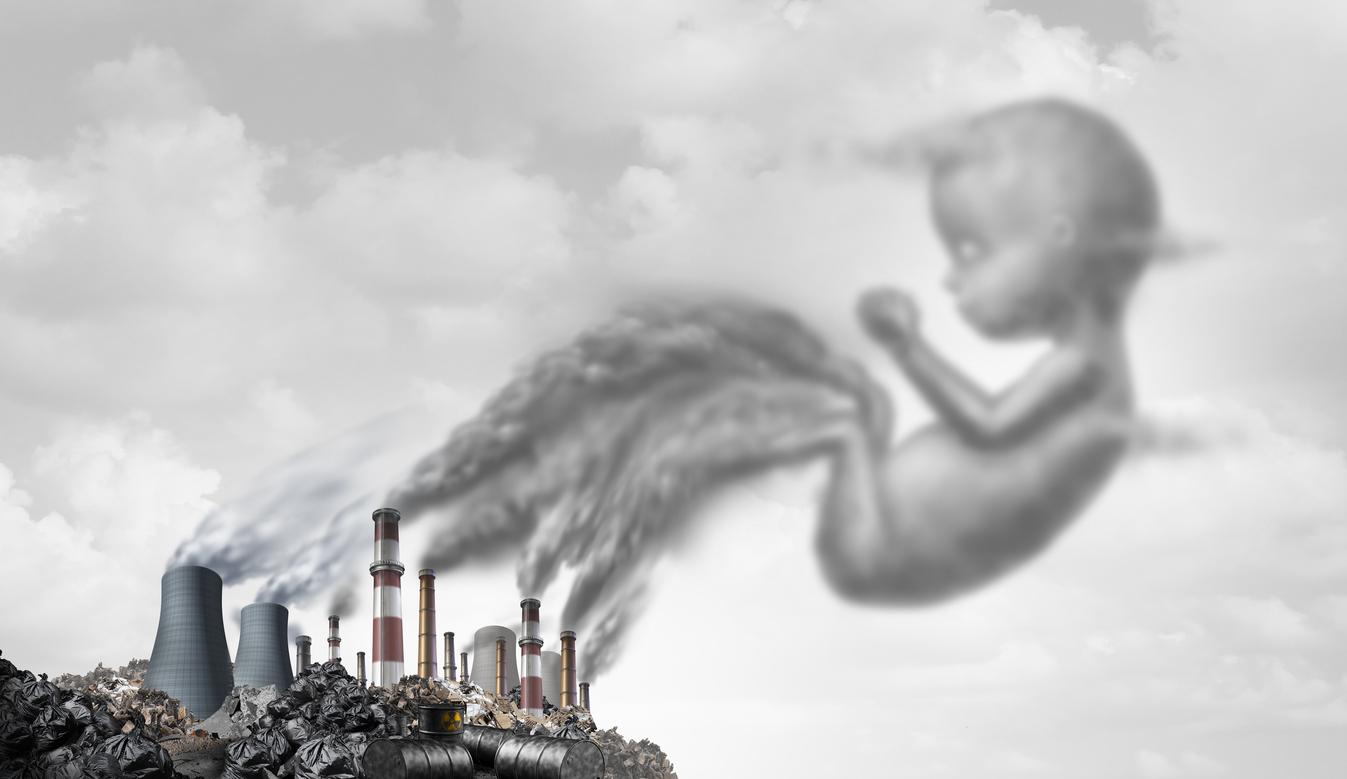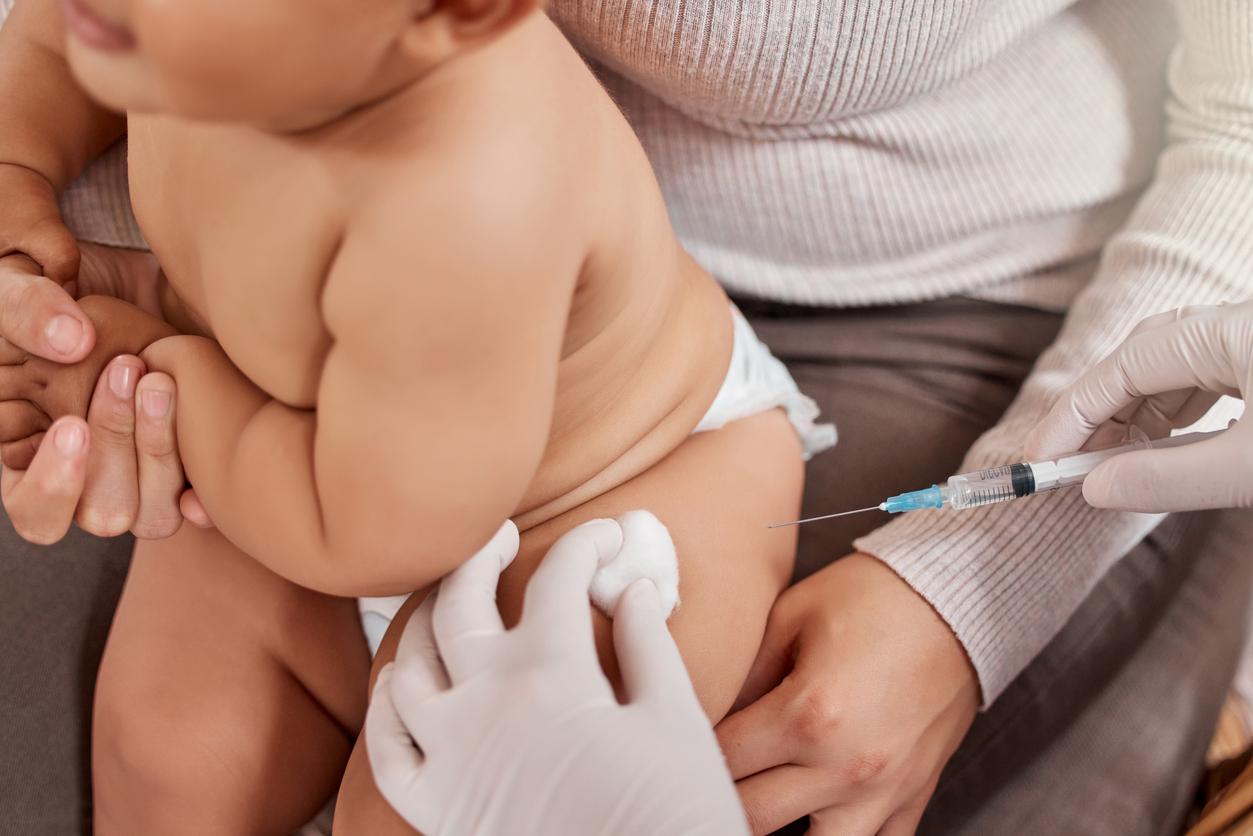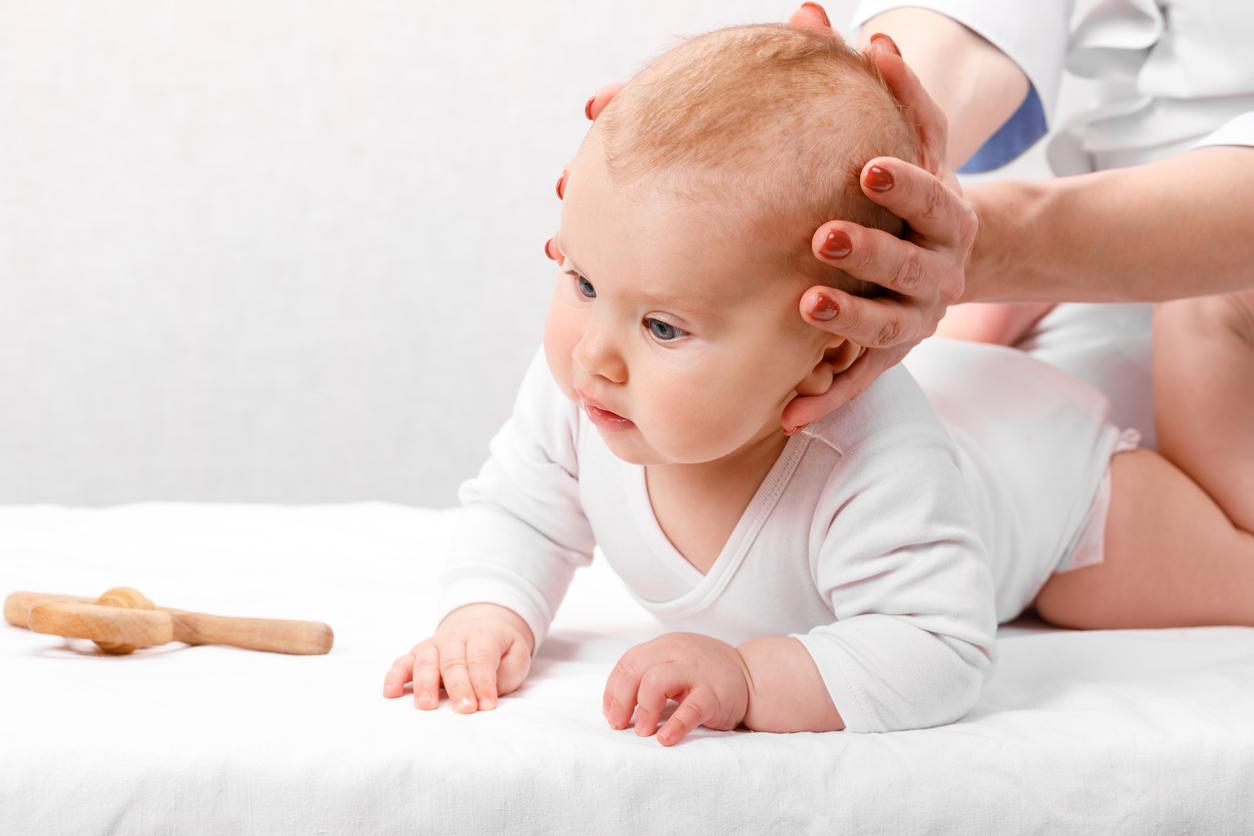A second baby infected with Agona Salmonella, which had persisted in the Lactalis factory for 12 years, was recently diagnosed in the Spanish Basque country.

“A second case of a baby affected by an Agona salmonella infection” was diagnosed at the Basurto Hospital in Bilbao, the regional government’s Health Department indicates this Saturday Basque. Sick after consuming of “infant formula produced by the French group Lactalis ”, the infant is not hospitalized but“ under medical supervision and supervision ”.
On January 12, a first baby was diagnosed in the Spanish Basque country and Lactalis announced the withdrawal across the country of 37 potentially contaminated food products. This withdrawal followed the one carried out in December, of all products manufactured from February 15, 2017 in the Craon plant, in Mayenne. That is to say around 550,000 products in France and 12 million boxes around the world.
The same bacteria roamed the factory for 12 years
Lactalis “cannot rule out that babies have consumed contaminated milk” between 2005 and 2017, admitted to Echoes the CEO of Lactalis, Emmanuel Besnier. At the time, the Agona salmonella was already “confined in the infrastructure of tower number 1” of the plant. The bacteria were therefore already present in the premises that belonged to the Celia company, before being bought the following year by Lactalis. Twelve years therefore that the same bacteria endured in the enclosure of the factory where food products for babies were manufactured. This information prompts the public to wonder: How many babies have been infected with Agona Salmonella in the past twelve years without anyone noticing or reporting it?
The Institut Pasteur has identified 25 cases “sporadic “ of salmonellosis linked to Lactalis milk between 2006 and 2016. “We first proved that the same salmonella agona-type bacterium was involved in the two salmonellosis epidemics, of 2005 and 2017. And we wondered where it could have been reside the strain for the twelve years in between, “said François-Xavier Weill, bacteriologist and director of the National Salmonella Reference Center in Pasteur, quoted by The New Republic. According to him, “the only scientifically possible hypothesis is that it (or) remained in the factory in question”. And to add: “It is extremely difficult to find if this is the case. But the DNA speaks very clearly, and it directs towards this factory”.
Lactalis points to the responsibility of an external laboratory
In 2017, work was undertaken in the buildings. Partitions were broken, which would have released the bacteria which then spread freely. Emmanuel Besnier affirms that the products have always been “in conformity with sanitary requirements” and points to the responsibility of the external laboratory which carried out 16,000 analyzes in 2017 on the finished products without detecting anything. “We ask ourselves a lot of questions about the sensitivity of the analyzes made by this laboratory. We have great difficulty understanding how 16,000 analyzes carried out in 2017 could have revealed nothing. We have doubts about the reliability of the tests. is not possible that there was zero positive “.
Many children still sick
Some of the children infected with salmonella after consuming Lactalis milk still have health problems weeks after the initial infection said on January 26, members of the Association of Families Victims of Salmonella Contaminated Milk (AFVLCS) during of their press conference. “Many children relapse, it is almost systematic”, testified Ségolène Noviant, vice-president of AFVLCS. She has thus reported several times that her own son, contaminated by Lactalis milk with a Salmonella gastroenteritis initially, had several relapses of diarrhea and fever and a 4th hospitalization would be scheduled for January 30. He also reportedly had bronchiolitis in January. He would not be the only one in this case, according to the association which receives many calls.
For Quentin Guillemain, president of the Association of Families of Victims of Salmonella Contaminated Milk (AFVLCS), it is obvious that more than 25 babies have been infected: “the strain of salmonella agona is identified in the test only if the laboratory which l ‘performed is referenced by the Institut Pasteur and only 1,200 are in France. Not to mention the undiagnosed children despite the converging symptoms “.
.



